Listen to this article.
We often hear that authenticity is the goal—be yourself, stay true, never compromise. But real life is more complicated. Sometimes, authenticity feels like a risk. Sometimes, self-protection is necessary.
So how do we balance the need to be seen with the need to be safe?
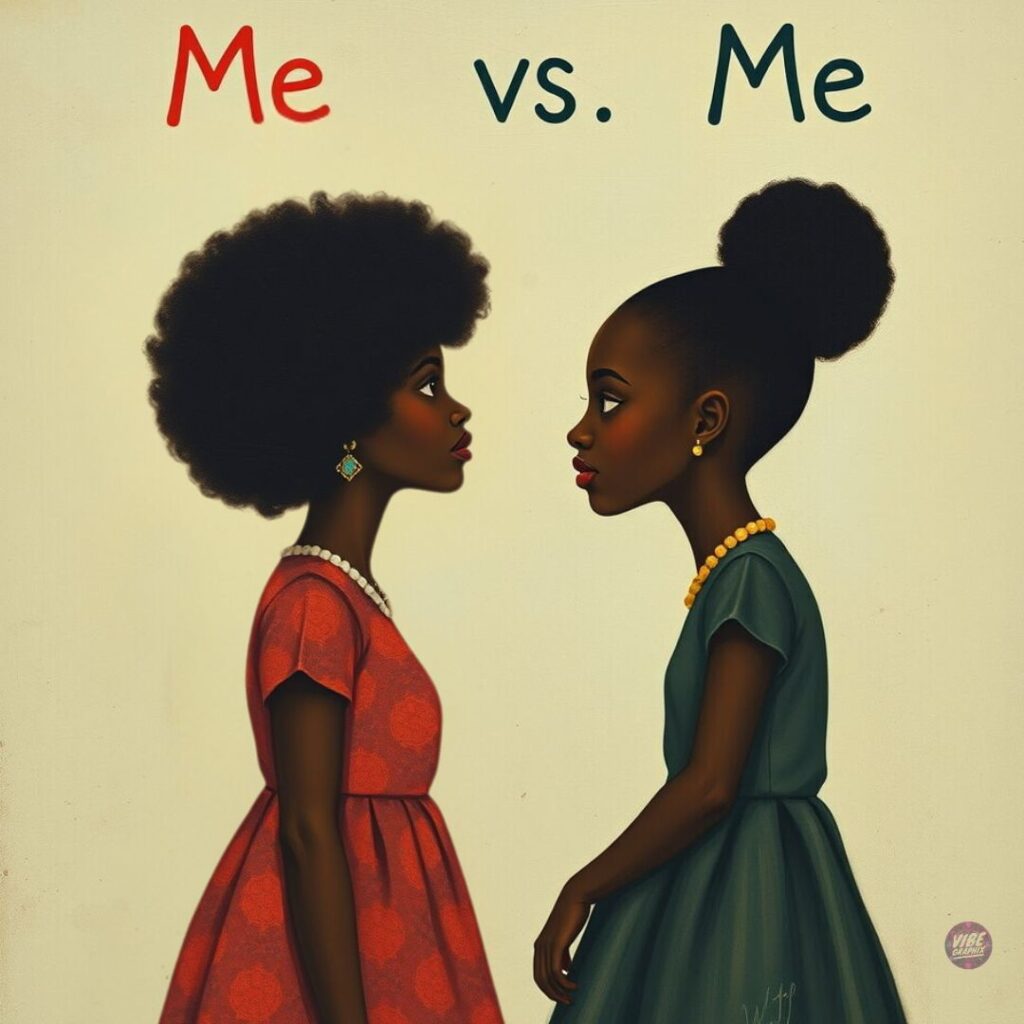
The Authentic Self: Where You Feel Most Alive
Your Authentic Self is the version of you that feels safe, open, and free. It’s the self that shows up when you’re surrounded by people who truly see you—when you’re laughing so hard your stomach hurts, when you’re creating or dreaming without judgment, or when you feel joy simply because you exist.
I remember a moment like this clearly: sitting on the floor with my closest friends, our shoes off, the candles flickering softly. We were sharing stories—unfiltered, raw, and vulnerable. There was no need to impress, no need to guard. I felt alive, seen, and whole.
That’s the Authentic Self: the you that exists when you feel entirely safe and aligned.
But here’s the thing: not every space is safe for full authenticity. That’s where the Protective Self steps in—not to hide you, but to preserve what matters most.
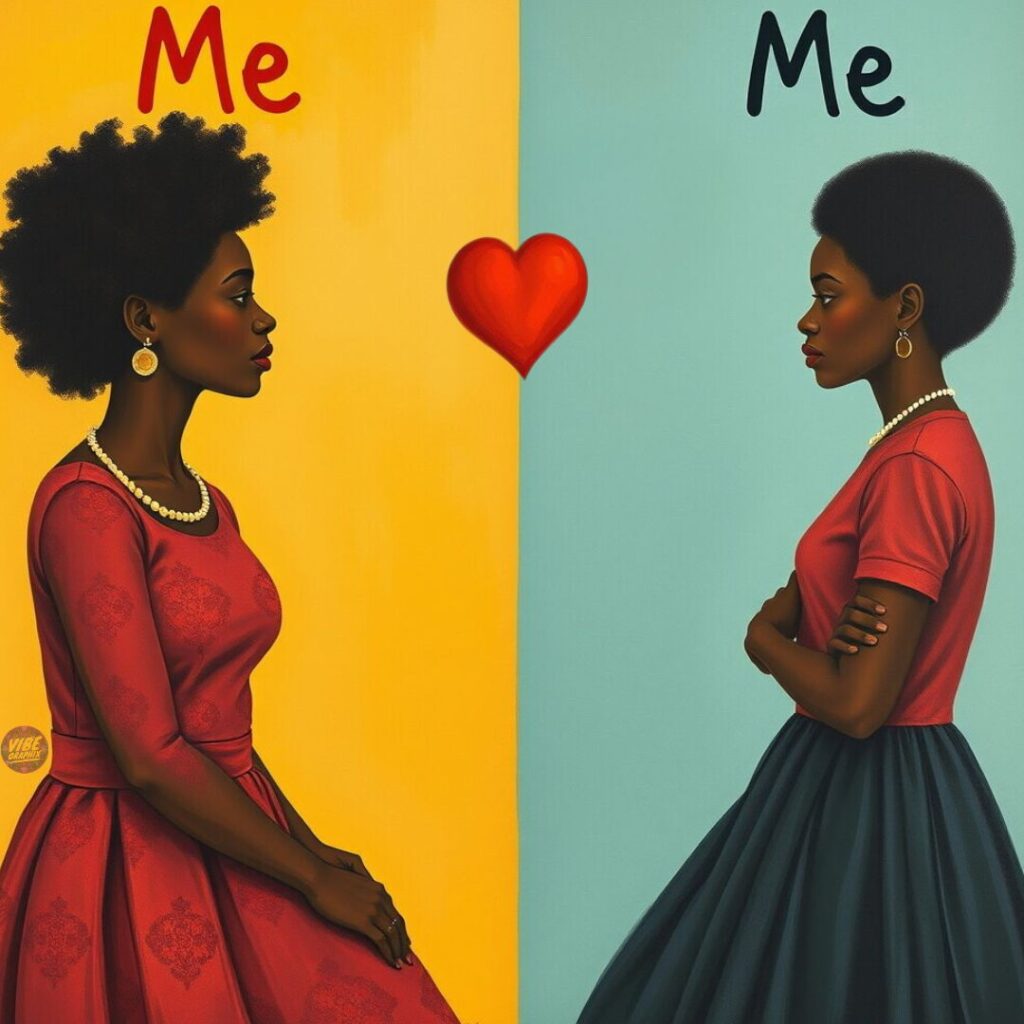
The Protective Self: Your Emotional Armor
Your Protective Self is the version of you that knows how to navigate the world’s demands. It’s not about pretending; it’s about adapting. It’s the self that steps forward in work meetings, at family gatherings, or in social settings where being fully vulnerable might cost you more than you’re willing to give.
I remember meeting an estranged family member for the first time in years. We sat across from each other, both careful with our words. I nodded along politely, smiled at their stories, and avoided deeper conversations. It wasn’t dishonesty—it was protection. My Protective Self stepped in, not to deceive but to navigate the fragile space we were in.
The Protective Self helps you manage expectations and maintain emotional safety in situations that don’t always welcome your Authentic Self. It’s the part of you that knows when to speak and when to stay silent, when to step forward and when to step back.
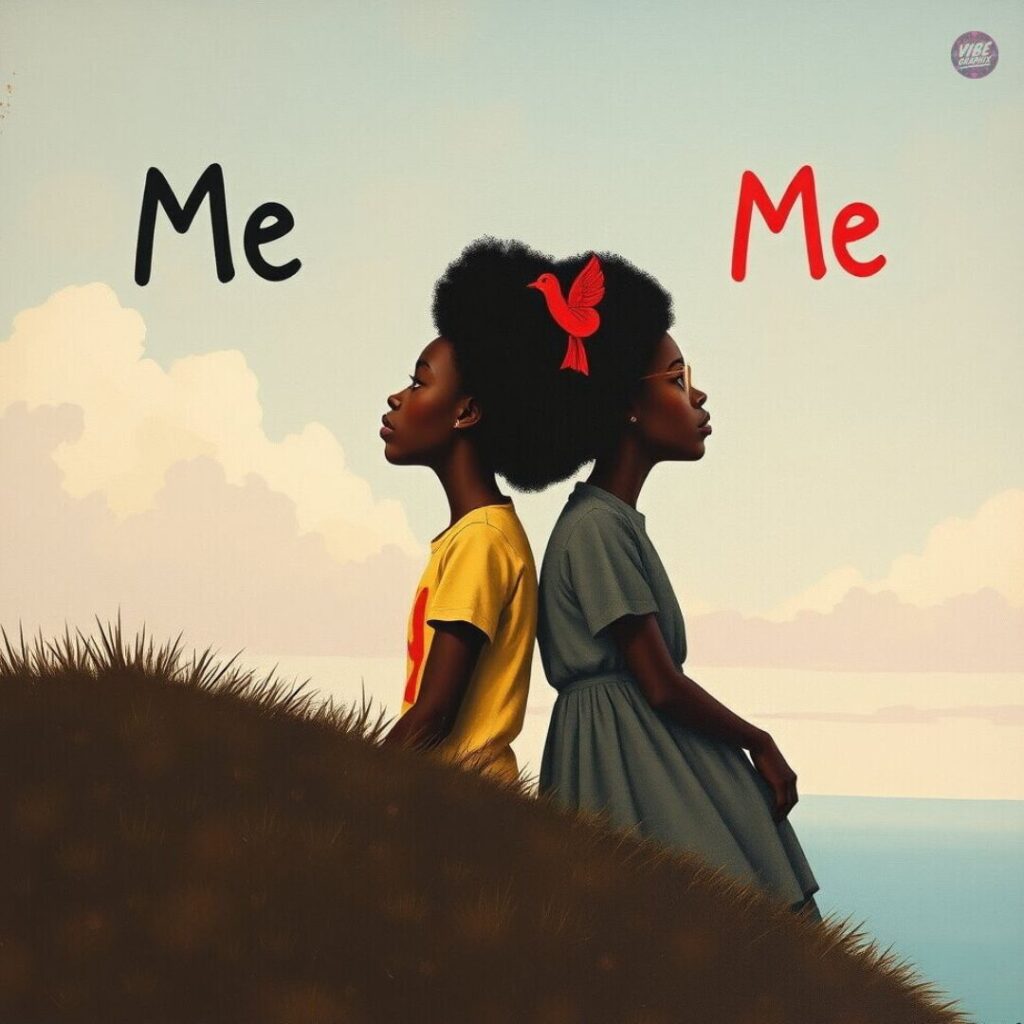
Why We Need Both: A Balancing Act
We’re often told to “just be ourselves,” yet we’ve all had moments where authenticity felt too raw, too vulnerable, too risky. We’ve also had times when being guarded left us feeling distant or misunderstood.
The tension between the two isn’t about choosing one—it’s about knowing when to lean on each.
- Relying too much on the Authentic Self can leave you feeling exposed, misunderstood, or emotionally exhausted in spaces that aren’t safe for full vulnerability.
- Leaning too much on the Protective Self can lead to emotional disconnection, loneliness, or a loss of self over time.
Both have value, but both carry risk if applied in the wrong space.

When the Protective Self Steps Forward
There are times in life when the Protective Self must take the lead. Think about walking into a high-stakes meeting at work. You’re nervous, but you straighten your posture, put on a confident tone, and present your ideas. That’s your Protective Self stepping in to help you manage the moment.
Or maybe you’re at a family event, sitting across from someone who has hurt you deeply in the past. You smile, keep the conversation light, and avoid sensitive topics—not because you’re inauthentic, but because you’re protecting your peace.
Your Protective Self is not a betrayal of your authenticity. It’s an act of wisdom. It’s the part of you that knows how to read the room and preserve what matters most.
But what happens when protection becomes a permanent state? When the armor stays on too long?
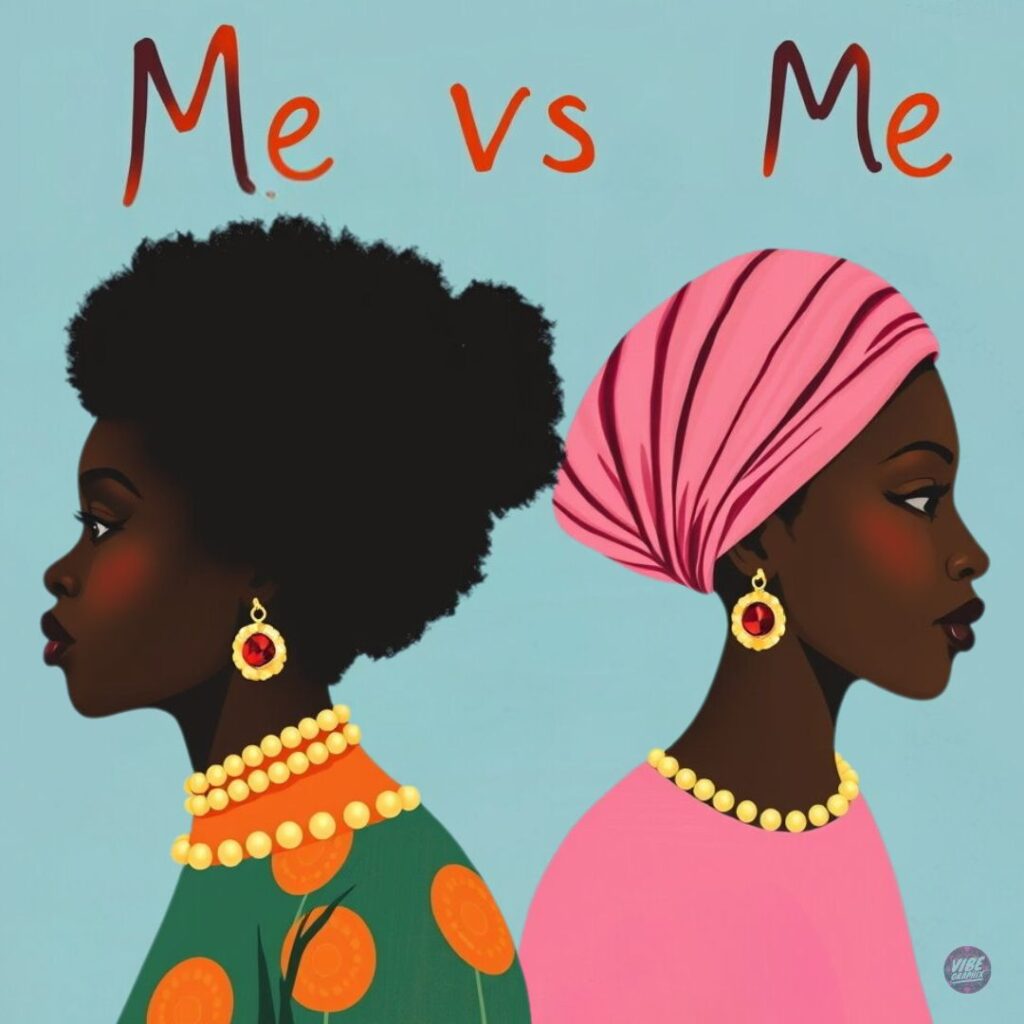
When the Authentic Self Shines
And then there are the moments when your Authentic Self takes the lead. These are the times when you feel most alive—when you’re laughing with someone who truly understands you, speaking your truth without fear, or immersed in an activity that brings you pure joy.
For me, it’s sitting with a friend who knows me so well I don’t need to explain myself. It’s being able to cry without apologizing or dream aloud without judgment. These moments remind me of who I am at my core, the parts of myself I value most deeply.
Your Authentic Self thrives in spaces of trust, creativity, and safety. It’s where you find fulfillment, where you feel whole.
But what happens when we overestimate a space’s safety? When we let authenticity lead in environments that aren’t equipped to hold it?
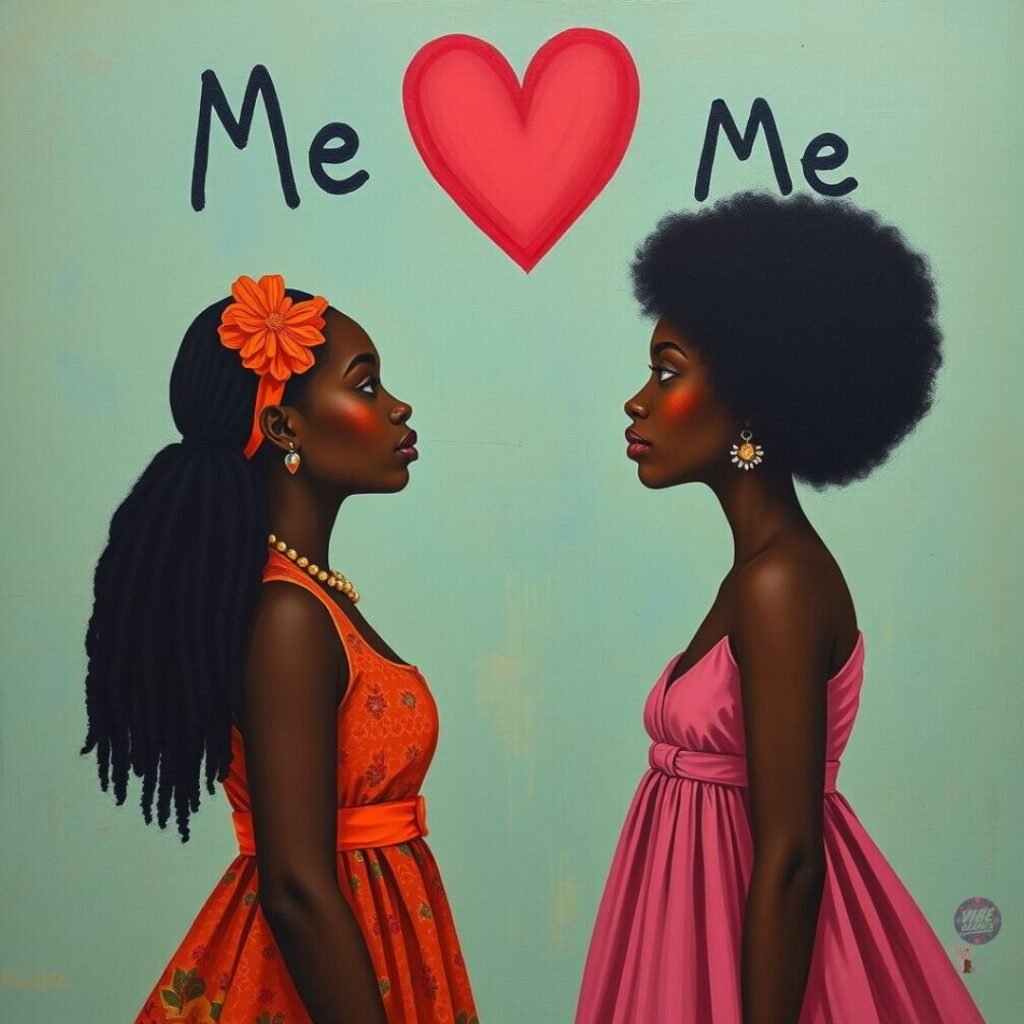
The Tension Between the Two
Over time, you learn when to let your Protective Self lead and when to allow your Authentic Self to shine. The key isn’t to suppress one or favor the other—it’s to evolve with both.
Here’s something we often forget: both selves grow and adapt. Your Protective Self becomes wiser with experience, better at discerning when to step in. Your Authentic Self deepens as you gain clarity about who you are and what you value.
Neither self is static, and neither is perfect. But together, they form the full picture of who you are—a person capable of thriving in a world that asks for both connection and protection.
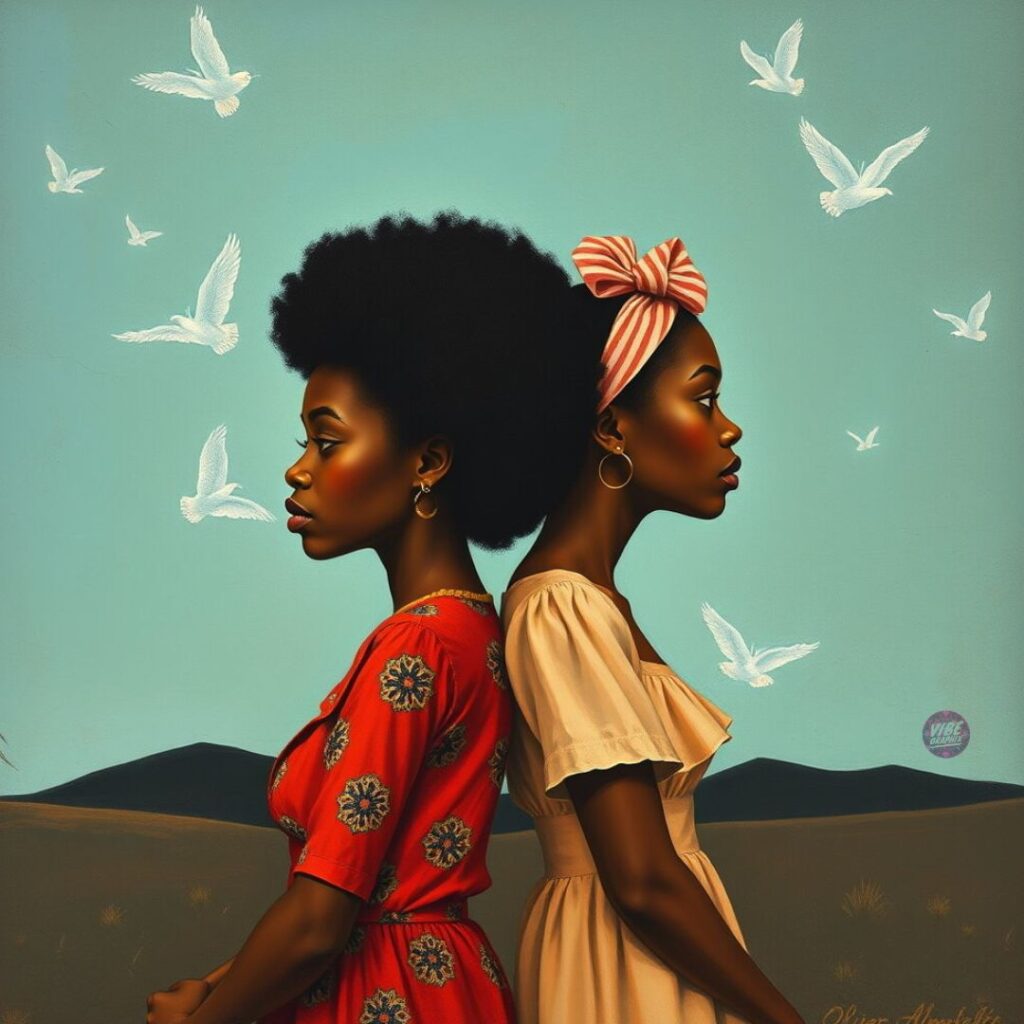
Growing with Both Selves
The goal isn’t to choose between the Authentic Self and the Protective Self. It’s to honor both. Let your Protective Self take the lead when situations call for wisdom and boundaries. Let your Authentic Self shine in moments of joy, connection, and safety.
For years, I thought being authentic meant showing up as my True Self all the time. I feared that letting my Protective Self step in was somehow a betrayal of who I was. But I’ve learned that honoring both selves is not a compromise—it’s a strength.
Both the Authentic Self and the Protective Self are essential. The Authentic Self brings fulfillment, joy, and connection. The Protective Self offers wisdom, flexibility, and safety. Neither is better—they simply serve you in different ways.
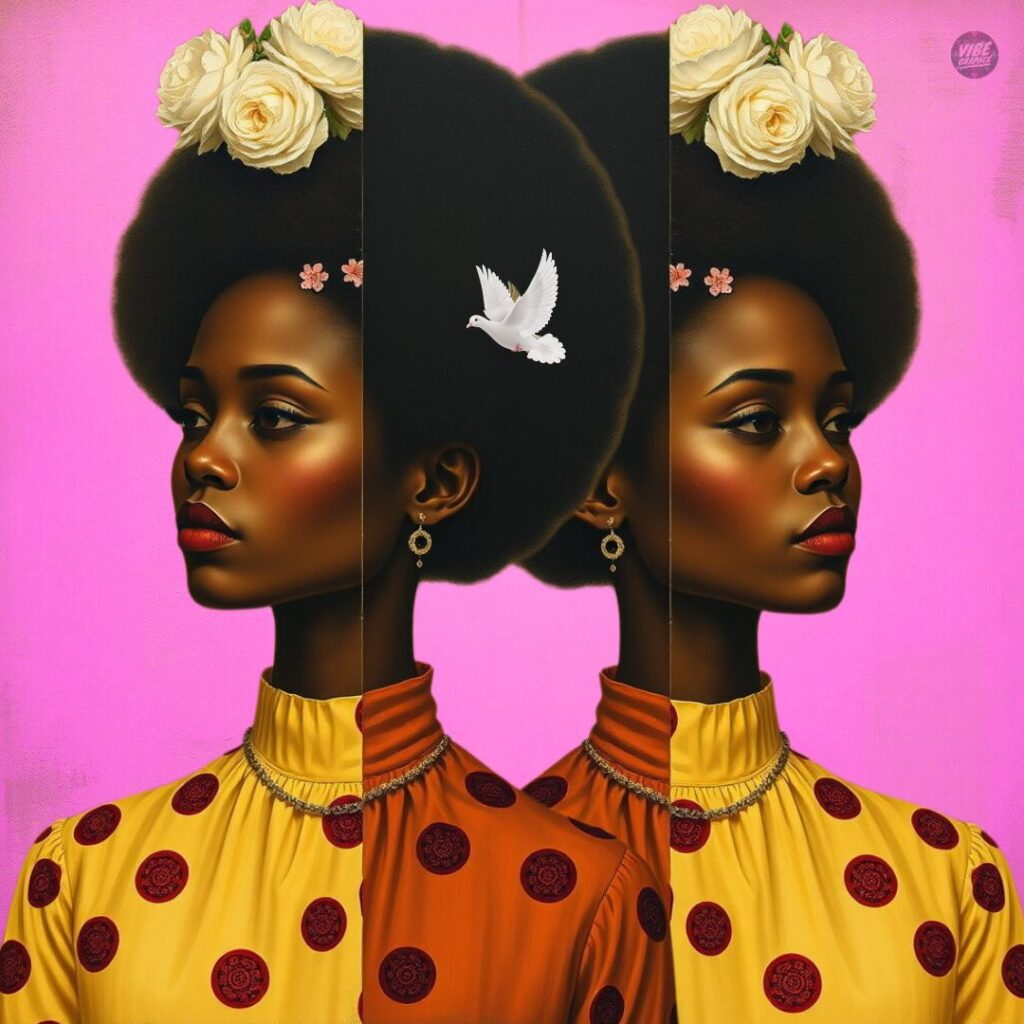
Thank you for reading and visiting the blog—I’m grateful to share this space with you. The accompanying design by Vibe Graphix adds a thoughtful touch to this message. Take what resonates, let go of what weighs you down, and embrace your journey toward clarity and freedom. 💛